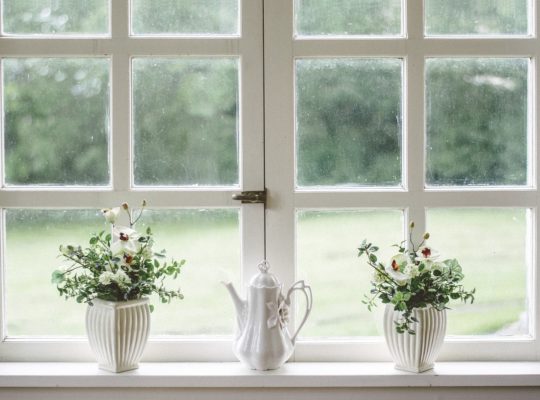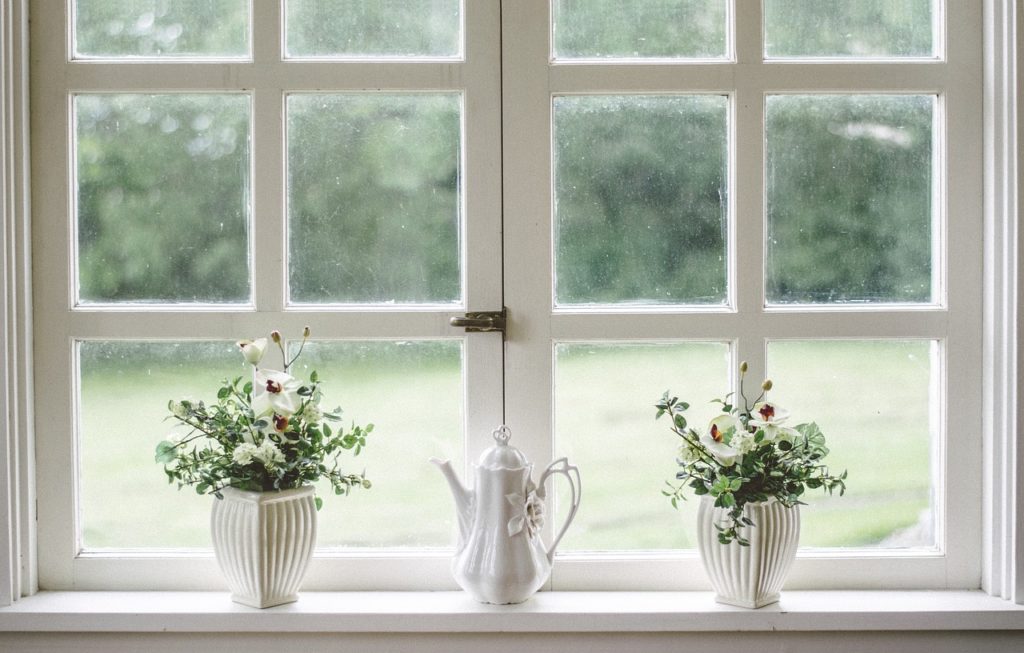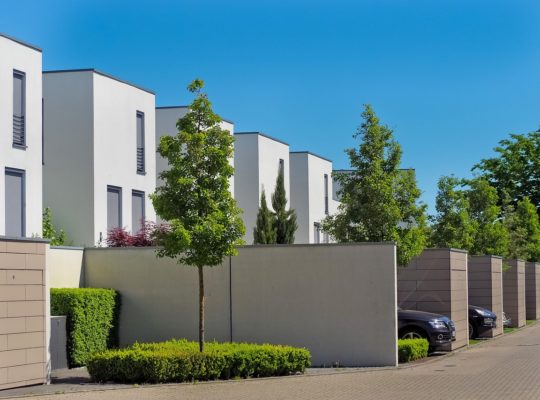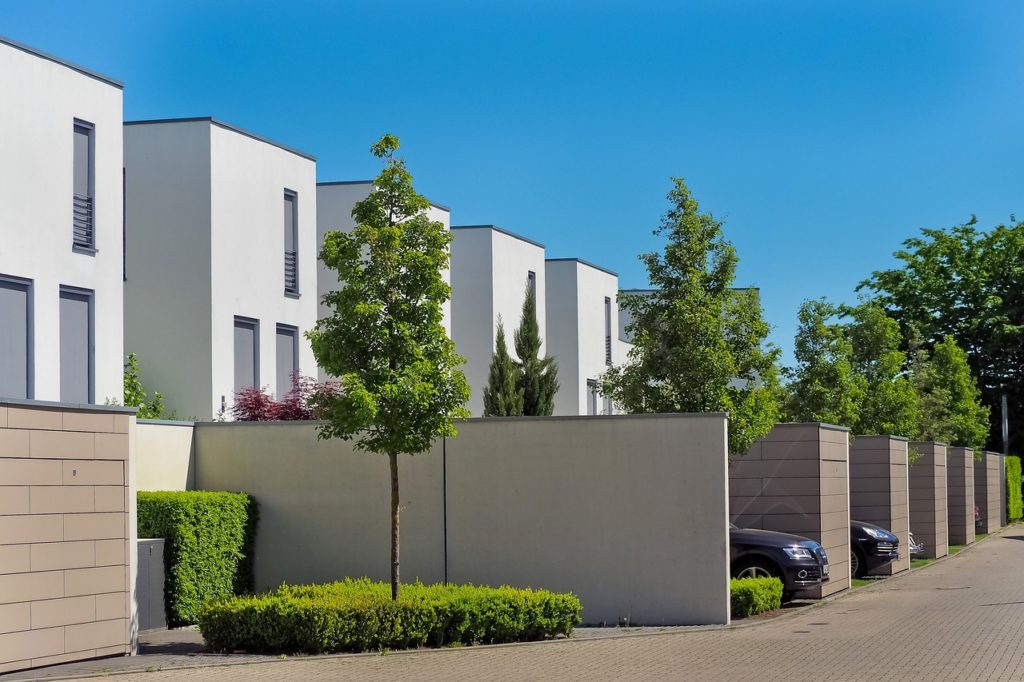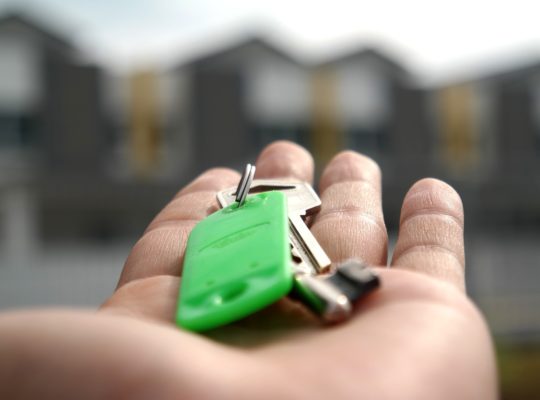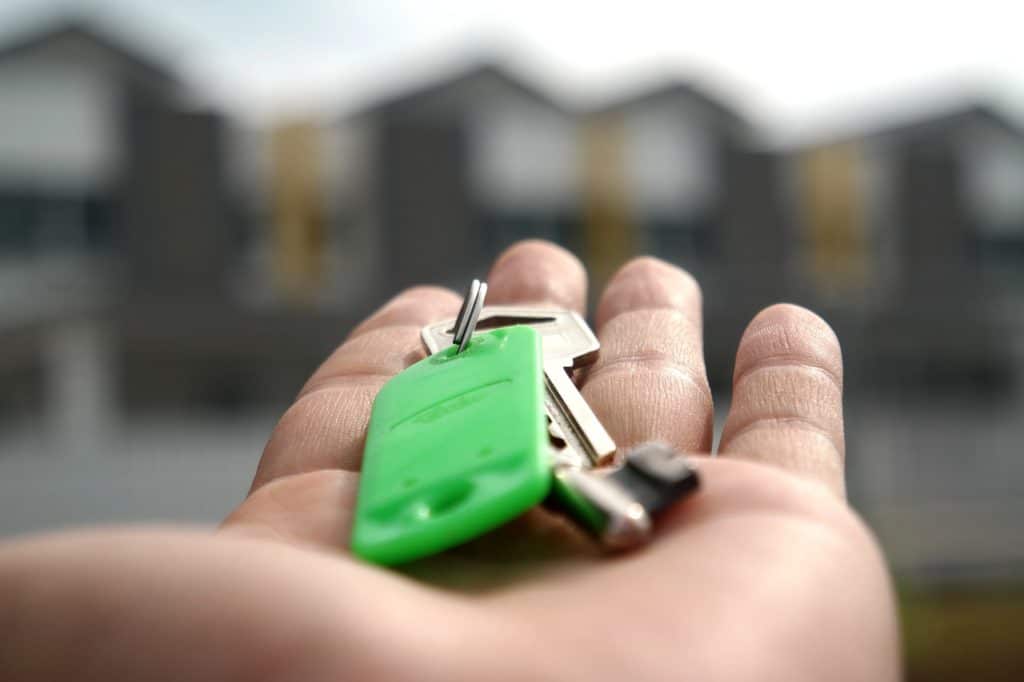
The world is at a pivotal moment in urban development, where integrating eco-friendly and sustainable practices into master planning is not just a trend but a necessity. Developers such as Dan Leverett are leading the way in this transformative movement, whose innovative approaches to sustainable development are setting new standards for cities worldwide.

The Rise of Nature-Based Solutions
The concept of Nature-Based Solutions (NBS) is central to eco-friendly urban planning, which advocates utilizing natural processes and elements to address urban challenges. Places like The Woodlands Township showcase how integrating green spaces and biodiversity can significantly mitigate the adverse effects of urbanization, ranging from reducing air pollution to effectively managing stormwater runoff. Archdaily highlights several urban design projects that embody these principles, demonstrating the practical and aesthetic benefits of NBS in urban environments.
Moreover, these projects are not merely about beautification but ensuring urban resilience.. As urban areas grow, the need for sustainable management of natural resources becomes increasingly apparent. Incorporating NBS into urban design is crucial in safeguarding cities’ livability and resilience in the face of climate change, population growth, and other challenges.
One example of successful NBS implementation is the Marina Bay Sands Integrated Resort in Singapore. Featuring a 3.5-hectare rooftop garden, this project provides a lush green space for visitors while serving as a natural cooling system for the building below. The garden’s vegetation helps to reduce the heat island effect and absorb carbon emissions from surrounding areas.
NBS also plays a pivotal role in addressing food insecurity. The Green Belt Movement in Kenya illustrates how planting trees and vegetation can improve agricultural productivity in changing climate conditions. Through reforestation effects on degraded lands, communities can conserve soil moisture and increase crop yields.
Sustainable Urban Living: More Than Just Infrastructure
The concept of eco-cities is evolving, focusing on infrastructure and the overall quality of urban living. Copenhagen’s transformation into an eco-city is a testament to the achievements possible through comprehensive planning and community engagement. From extensive cycling networks to green roofs and advanced waste management systems, Copenhagen is a leading example of an eco-friendly urban design that improves mental health and physical well-being.
These initiatives underscore the importance of considering the social dimensions of sustainability. It’s not only about emissions reduction or water conservation but about fostering environments conducive to healthy, vibrant communities. As exemplified by cities like Copenhagen demonstrate, sustainable urban living through a combination of policy, technology, and community involvement is key to creating a better future for all. In Copenhagen, sustainable living is not just a buzzword or a trend. It is ingrained in the city’s culture and way of life. The city has been consistently ranked as one of the most livable
Pioneering Sustainable City Plans
Globally, cities are adopting ambitious plans to confront the challenges posed by climate change and urbanization. Basel’s mandate for green roofs on new buildings and Bristol’s ambitious carbon neutrality targets represent the forefront initiatives in sustainable urban planning. Sempergreen’s compilation of exemplary sustainable city plans showcases these and other innovative endeavors to make cities more sustainable and livable.
These plans are actionable blueprints demonstrating commitment to a sustainable future. By setting clear objectives and implementing practical measures, these cities enhance residents’ quality of life and serve as an example for others to follow. This global movement is gaining momentum, with more cities joining the ranks of those committed to sustainability.
Final Thoughts
Developers like Dan Leverett understand the importance of incorporating sustainability into urban planning. As cities grow and expand, we must prioritize sustainable practices to minimize environmental impact and create livable spaces for future generations. We can work towards a more sustainable and promising future for all by learning from successful examples like Bristol’s carbon neutrality targets. Let us all strive to be stewards of our planet and build truly sustainable cities for generations to come.




